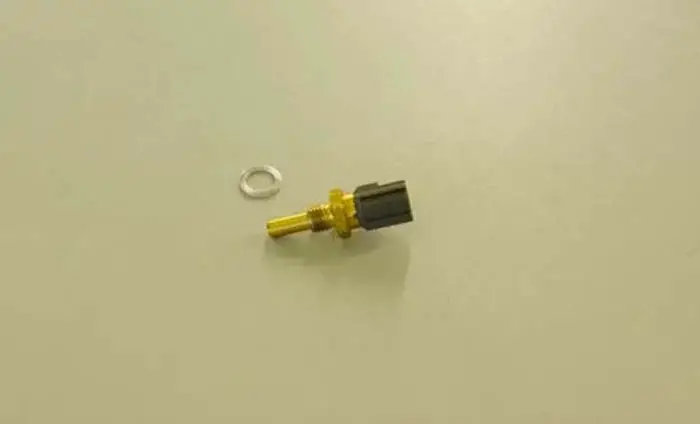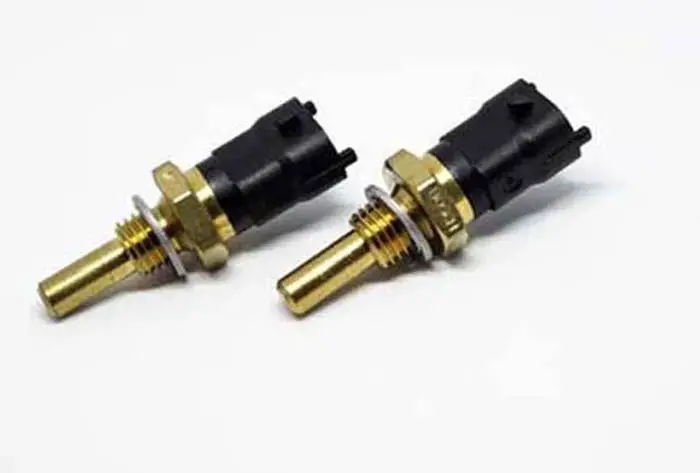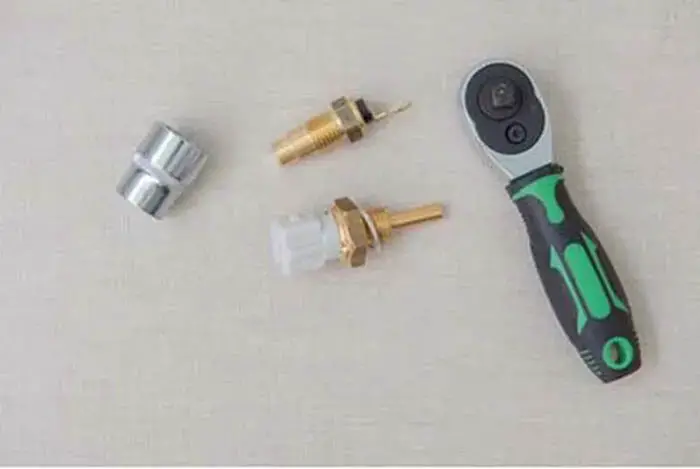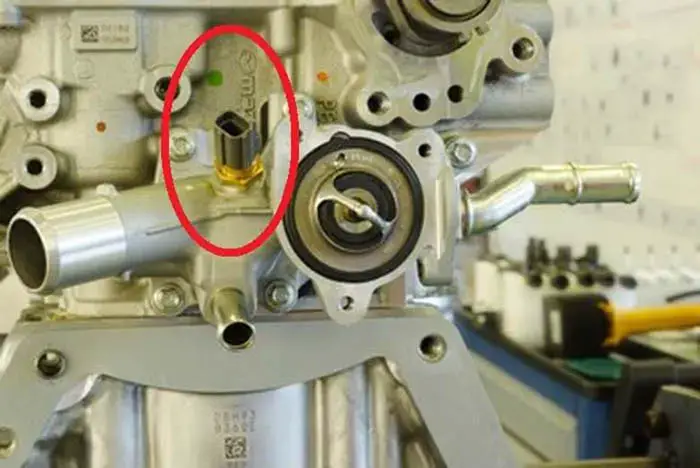
The coolant temperature sensor commonly known as the ECT sensor is a resistor-based sensor, which measures the temperature of engine coolant in the car.
This temperature is then converted to the electrical signal and sent to the car ECU for proper calculation of the air-fuel ratio. Throughout car history, the coolant temperature sensor is located in different areas of the car according to the make, model, and year.
In this powerful article, you will quickly learn the engine coolant temperature sensor location.
Related Post: Engine Coolant Temperature Sensor
Where Is The Engine Coolant Temperature (ECT) Sensor Located
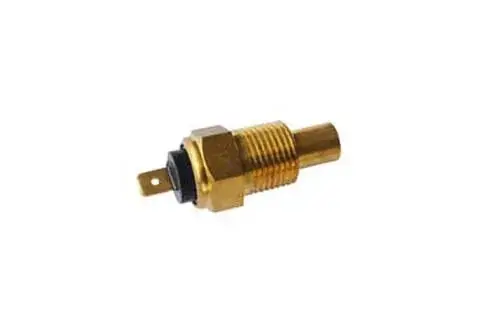
In the old model cars, there was an engine coolant temperature sensor (thermal switch), mounted on the radiator outlet tank or pipe, which was used to turn on the radiator fan.
When the temperature exceeds a certain threshold, the temperature sensor was used to make the connection of the earth to the radiator fan’s relay, and the radiator fan had to turn ON.
Related Post: How To Test Coolant Temp Sensor Wiring With Multimeter
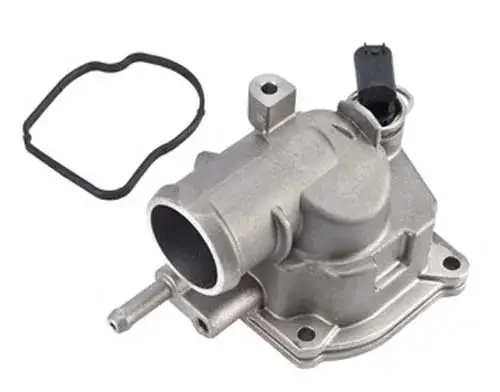
But modern cars, have coolant temperature sensors placed next to the thermostat housing, which is directly connected to the car ECU.
This sensor consists of wires ranging from 1 to 4. These sensors are directly connected to the car ECU for measuring the temperature of the engine coolant.
Most of the cars that are being used nowadays contain pairs of Engine Coolant Temperature (ECT) Sensors for the purpose of sending accurate and precise information to the car ECU. The pair sensors can be installed in different places, depending on the make, model, and year.
One sensor is located near the thermostat valve housing, and the second one is located in the radiator outlet tank or pipe.
The main Engine Coolant Temperature Sensor is known as the primary ECT sensor or ECT sensor 1. This sensor is located on the coolant passage next to or in the thermostat housing of the cylinder block or cylinder head.
In an internal combustion car’s engine, the cylinder head is placed on the top of the car’s cylinders above the cylinder block. This cylinder head closes the top opening of the cylinders and packs it into a casing forming a combustion chamber for the fuel and air to mix and react.
The other Engine Coolant Temperature Sensor is known as the secondary ECT sensor or the ECT sensor 2. The location of this sensor is not very common and is found in different locations in different cars.
However, the one location where the secondary ECT Sensor is seldom placed in the radiator is the outlet of the radiator tank or pipe as it is the most common place for leakage of the engine coolant fluid.
To keep the radiator of the engine working properly and to regulate the temperature of the engine constantly, locating these leakages is also very important.
This secondary ECT Sensor works together with the primary ECT Sensor to optimize the working of the car and give an accurate reading of the coolant to the car ECU before it is heated up, saving it from potential overheating problems.
Adding an ECT sensor is another way to get a more accurate reading. One ECT sensor might not be as much reliable to operate the fan efficiently. The more the input readings, the better the output decisions are.
Related Post: 9 Symptoms Of A Bad Engine Coolant Temp (ECT) Sensor
Frequently Asked Questions (FAQs)
The answer to this question is complex and multifaceted. In short, the engine coolant temperature sensor will not keep the car from starting, but it can cause a hard start and rich & lean conditions.
The short answer is no, you should not drive with a bad coolant temp sensor. A coolant temp sensor measures the temperature of the coolant in your engine and sends that information to your car’s computer. The computer uses that information to control the engine’s fuel mixture and ignition timing. If the coolant temp sensor is not working properly, the computer will not be able to correctly adjust the engine’s performance, which can lead to engine damage. Also, if the sensor is not functioning properly, it can cause the engine to overheat. Driving with a bad coolant temp sensor is not recommended as it can lead to engine damage.
Sign Up

